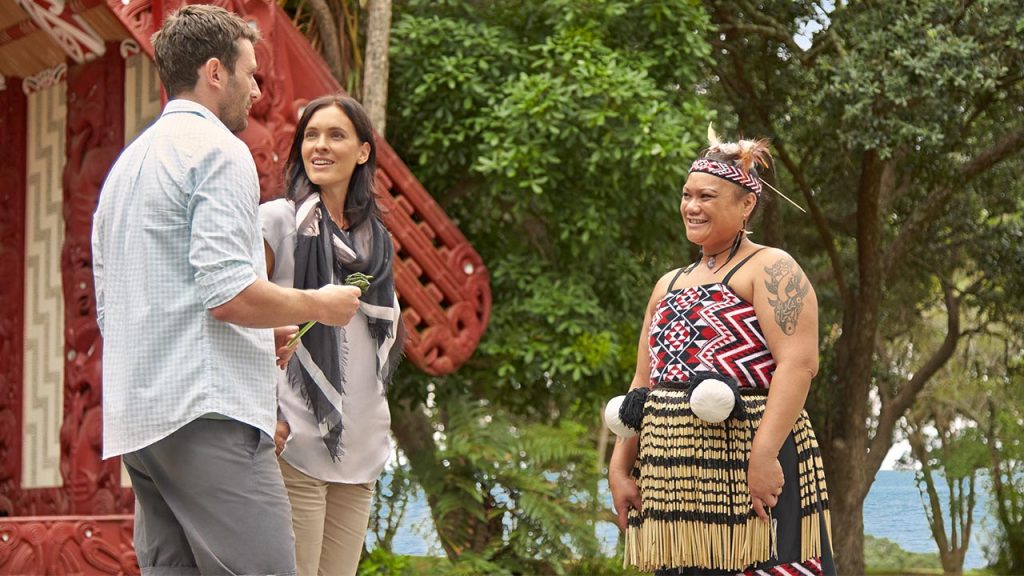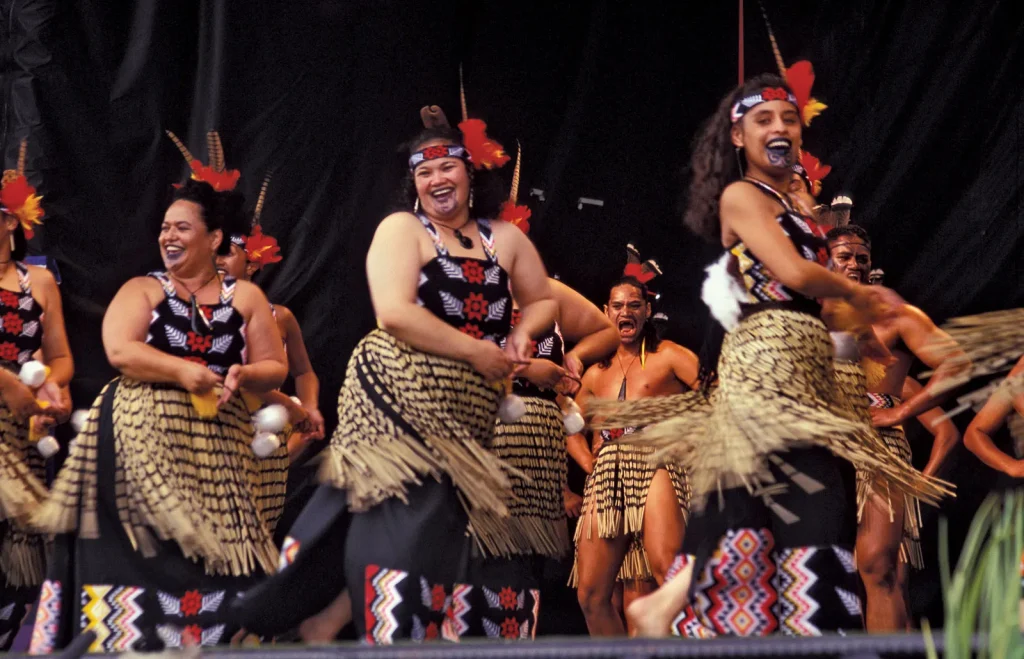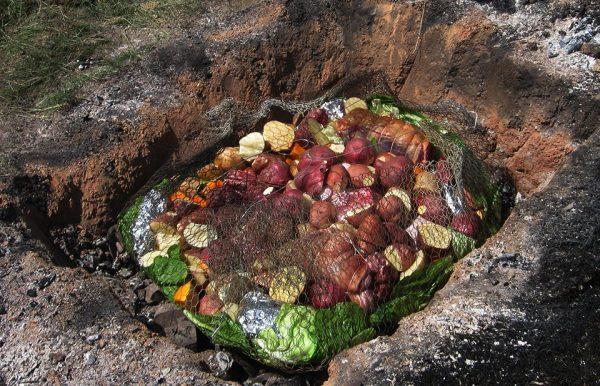This post is also available in:
Tiếng Việt (Vietnamese)
New Zealand is where sublime nature and the indigenous Māori culture intertwine into a vibrant and profoundly layered whole. With the majestic Southern Alps, the mystical Coromandel Peninsula, the geothermal wonders of Rotorua, and the humanistic philosophy of the Māori people, this island nation is not merely a travel destination but a soul-stirring journey—a deep connection with both nature and humanity rarely found elsewhere.
A Realm of Natural Wonders
Isolated in the southwestern Pacific Ocean, New Zealand is an island nation imbued with dazzling beauty and abundant natural vitality. Stretching from icy mountain peaks and deep fjords to pristine beaches, the country is an ideal destination for those yearning to explore a pristine world with unique biodiversity.
The first highlight is undoubtedly the South Island—the heart of wild and awe-inspiring beauty. The Southern Alps extend like a steadfast spine, crowned by Mount Cook, the highest peak in New Zealand. Glacial valleys cradle turquoise lakes like Pukaki and Tekapo, crafting landscapes that seem drawn from a mythical realm.
Beyond its visual grandeur, the South Island is also a land of enduring ecological conservation. It is home to the kea—a clever alpine parrot endemic to New Zealand, often dubbed “the professor of the mountains.” The continued presence of such species is a testament to the nation’s dedicated efforts to preserve its natural heritage across generations.
On the west coast of the South Island, strong winds from the Tasman Sea sweep over dramatic cliffs and ancient rainforests, forming a distinctive ecosystem. Here, nature exerts its unfiltered power, leaving humankind with no choice but reverence and adaptation.
Coromandel: Where Ocean Meets Spirit
Turning northward, one encounters the Coromandel Peninsula—a strip of land defined by picturesque coastal scenery. Mysterious sea caves, emerald waters, and fine white sands compose vistas that leave visitors breathless.
But Coromandel is more than its exterior beauty; it is a vital node in the Polynesian Triangle—linking New Zealand, Hawaii, and Easter Island. According to archaeological records, it was among the first landing points for ancient Polynesians in the 13th century.
To Ash Lambert, a local of Coromandel, the ocean—Tangaroa—is not only a material lifeline but also a spiritual anchor. “Kai” (food) nourishes not only the body but also serves as a conduit for spiritual connection with the sea. The ocean is a teacher of presence, humility, and responsibility—essential lessons in a natural world that tolerates no negligence.
Rotorua: Where Māori Culture Merges with Geothermal Majesty
Continuing the journey across Cook Strait leads to Rotorua—a land of vibrant geothermal activity and a vital cradle of Māori culture. Steaming geysers, hot mineral springs, and the distinct smell of sulfur create a surreal atmosphere where indigenous tradition and natural marvels co-exist vividly.
Here, visitors do more than sightsee—they engage authentically with the Māori way of life—a culture steeped in communal values, the sanctity of land, and a philosophy of living harmoniously with nature.
Māori Culture: The Sacred Soul of the Nation
The Māori—descendants of Polynesian seafarers—have inhabited and flourished in New Zealand for over 700 years. With rich traditions and a profound philosophy, Māori culture today is not merely a legacy but a living embodiment of national identity.
- A Sacred Relationship with the Land: In Māori culture, land is not property—it is spirit. The concept of kaitiakitanga (guardianship of the land) assigns each individual the duty to care for nature. As Jamus Webster of Te Tatau states: “Ko te tangata ka mate, ko te whenua ka mau tonu” – people may pass, but the land endures. This is not just a saying but a guiding principle for environmental ethics—rooted in respect, restraint, and legacy.
- Whakapapa: The Spiritual Genealogy: Whakapapa—genealogy—is not merely ancestral information. It is the deepest expression of identity, where every person must know their origins, their belonging, their associated mountains and rivers. Sharing whakapapa during first meetings bridges gaps and builds cultural-rooted connection.
- Haka: The Rhythm of the Spirit: Haka—the warrior dance—is the most iconic expression of Māori identity worldwide. Far beyond sports performance, haka symbolizes inner strength, pride, and unity. The term “Ha” (breath) evokes life energy, linking body and soul in every chant and beat.
- Oral Tradition and Carving Arts Māori culture is passed down through storytelling and carving—“living libraries” etched into house posts, wood, and stone. Each motif encapsulates an epic narrative, a communal memory of ancestral journeys.
- A Profound Humanistic Ethos The Māori ask: “He aha te mea nui o te ao?”—what is the most important thing in the world? The answer: “He tangata, he tangata, he tangata” It is people, it is people, it is people. This ethos permeates every social interaction, emphasizing that nothing is more vital than respect, care, and human connection.
A Symphony of Nature and Culture
New Zealand is not merely a tourist destination—it is an invitation to explore a world where nature and humanity exist in profound harmony. Nature here does not just appear beautiful—it lives, breathes, and teaches us how to live with greater depth. Māori culture is not just tradition—it is spirit, a way of life, and a whisper from the Earth itself.
Every step in this land resonates with the rhythm of the universe. Every story told by its rivers, mountains, or people affirms a model of life that is sustainable, humanistic, and wise.











